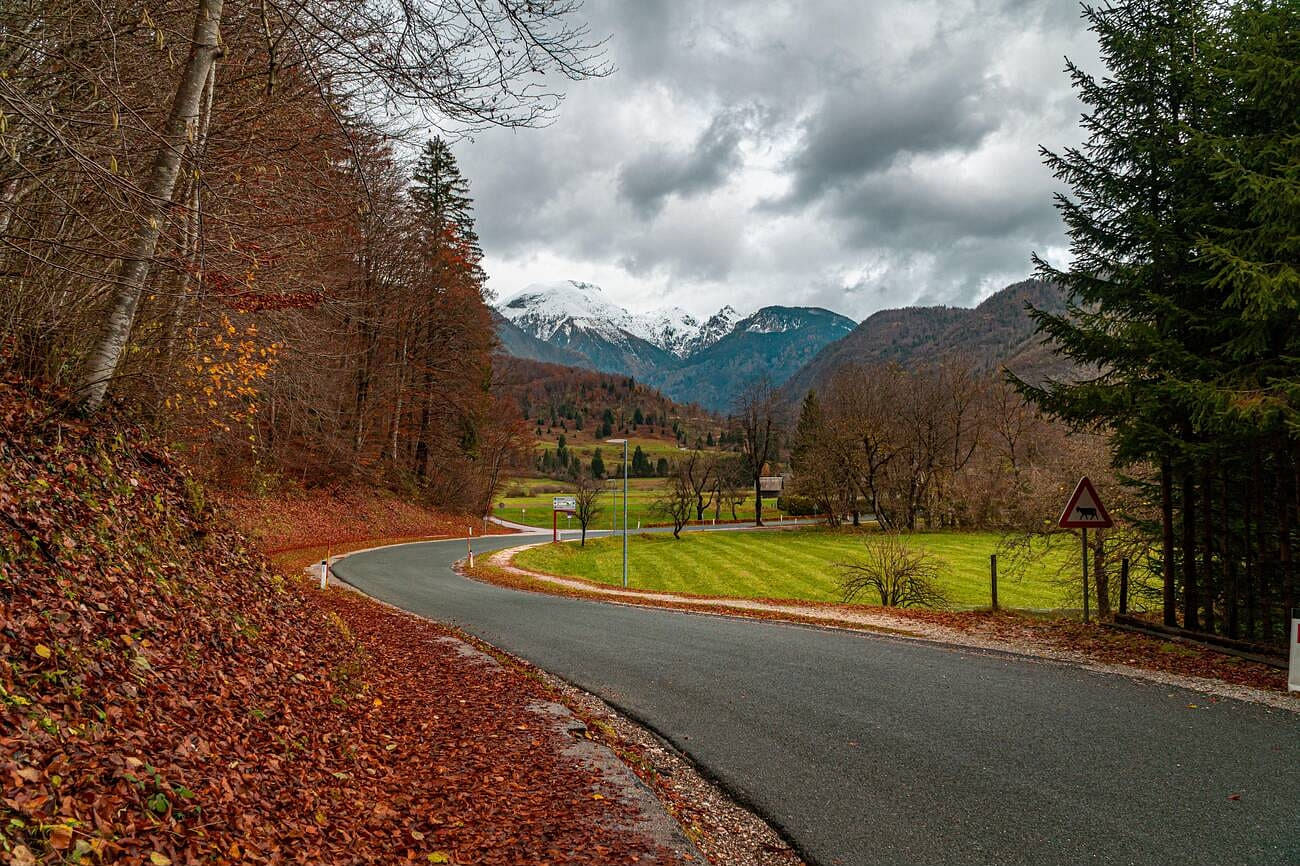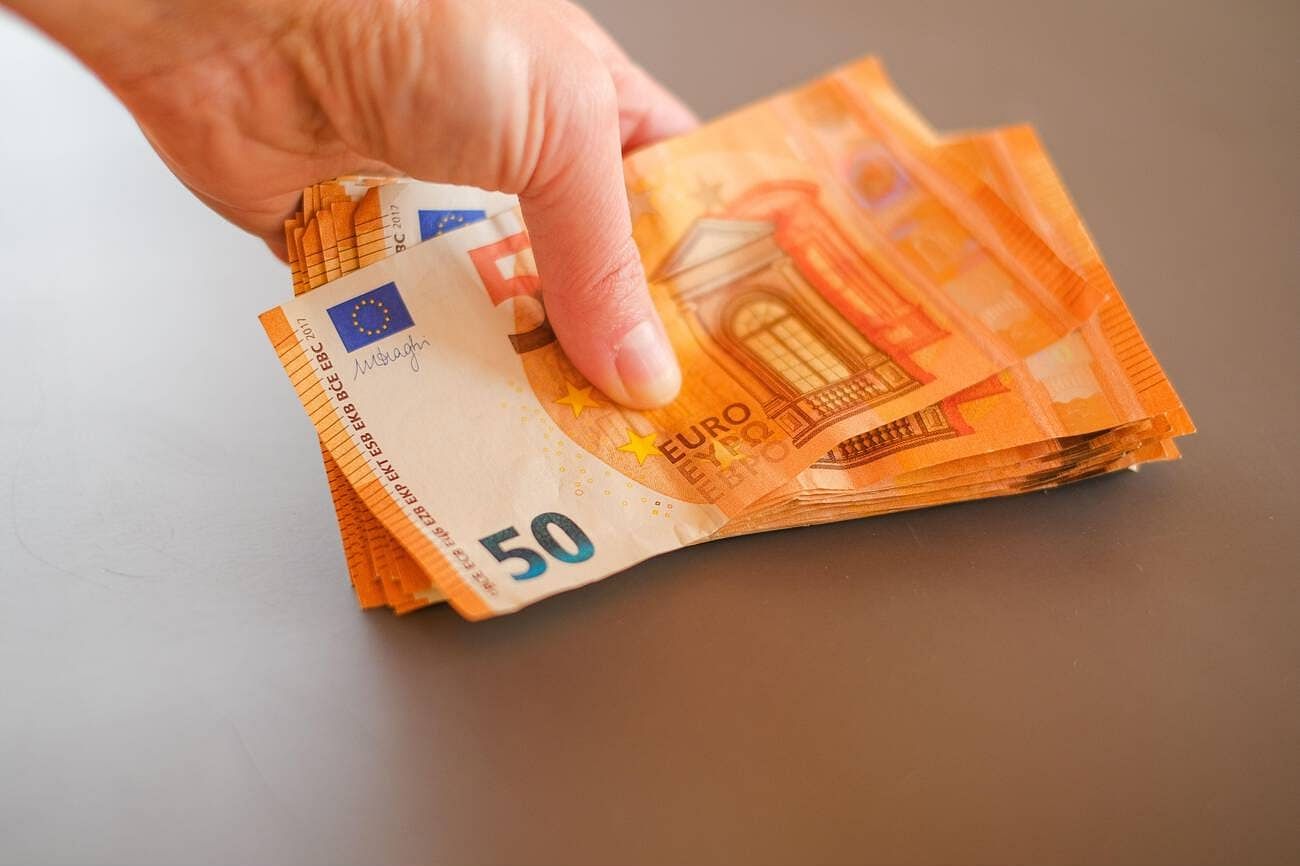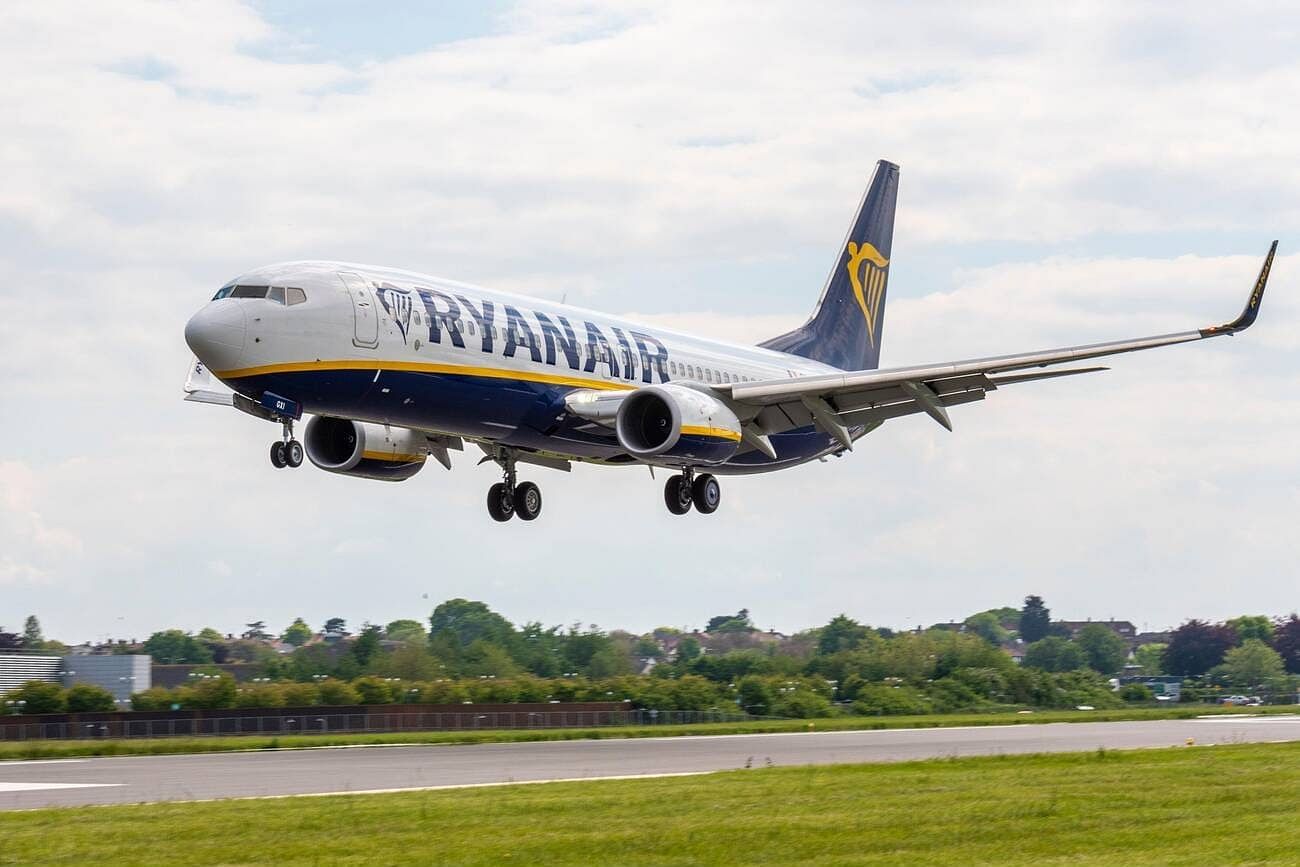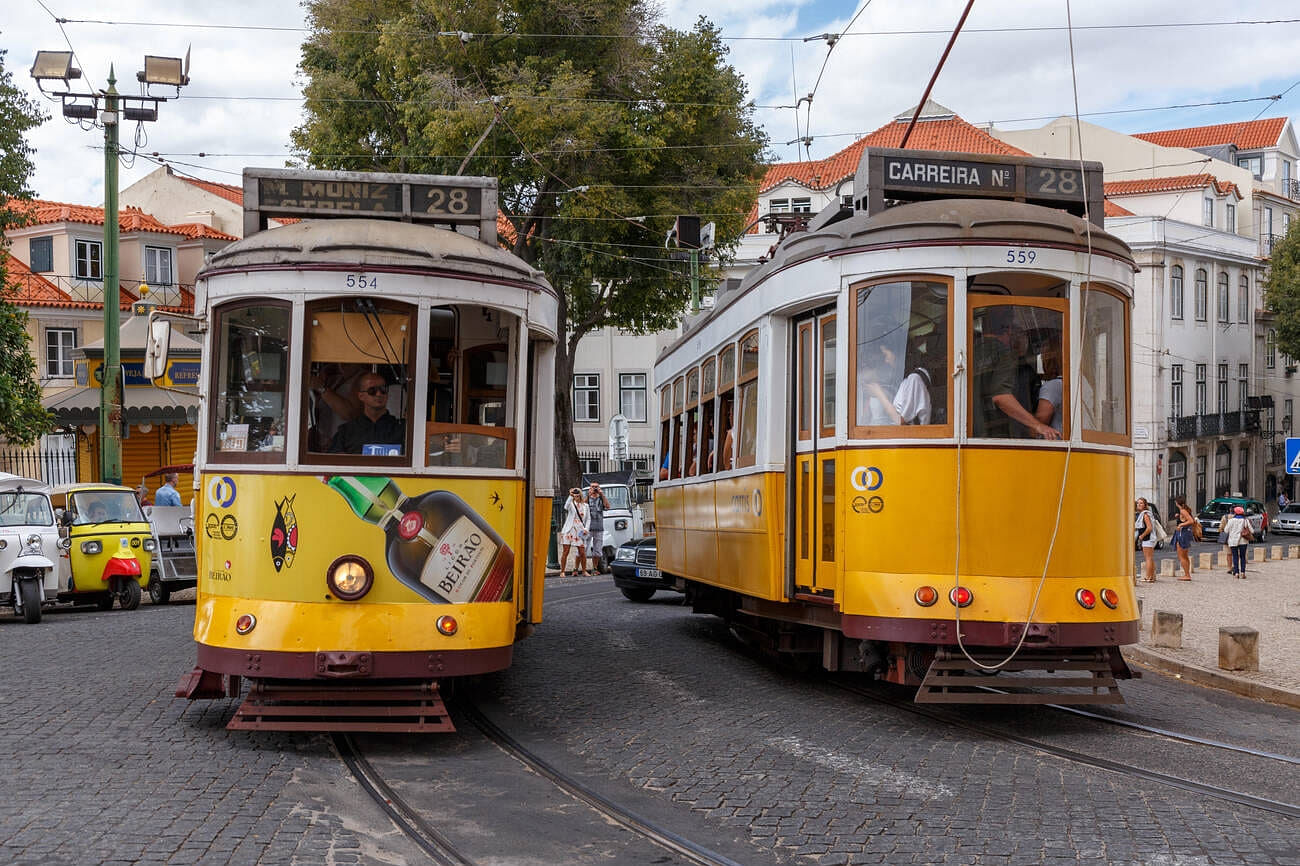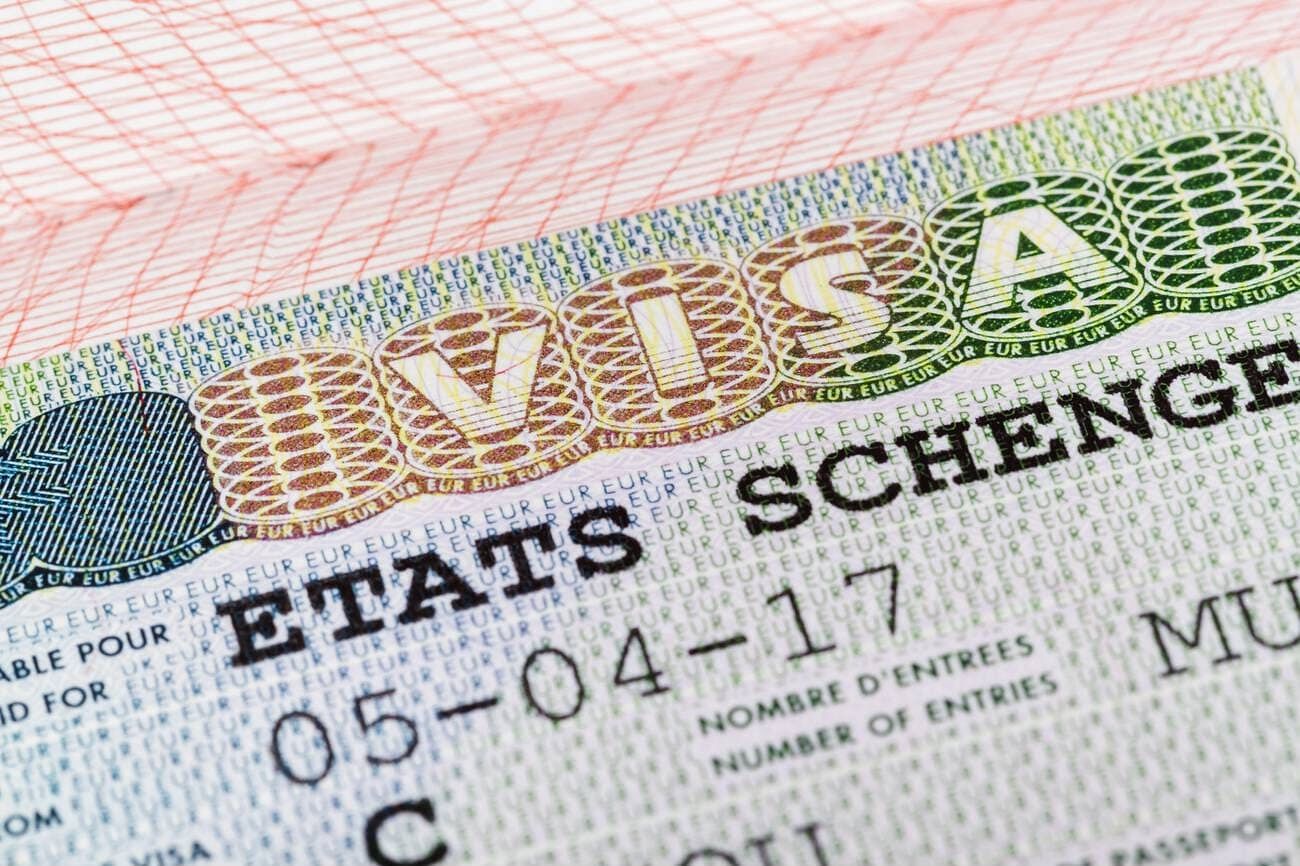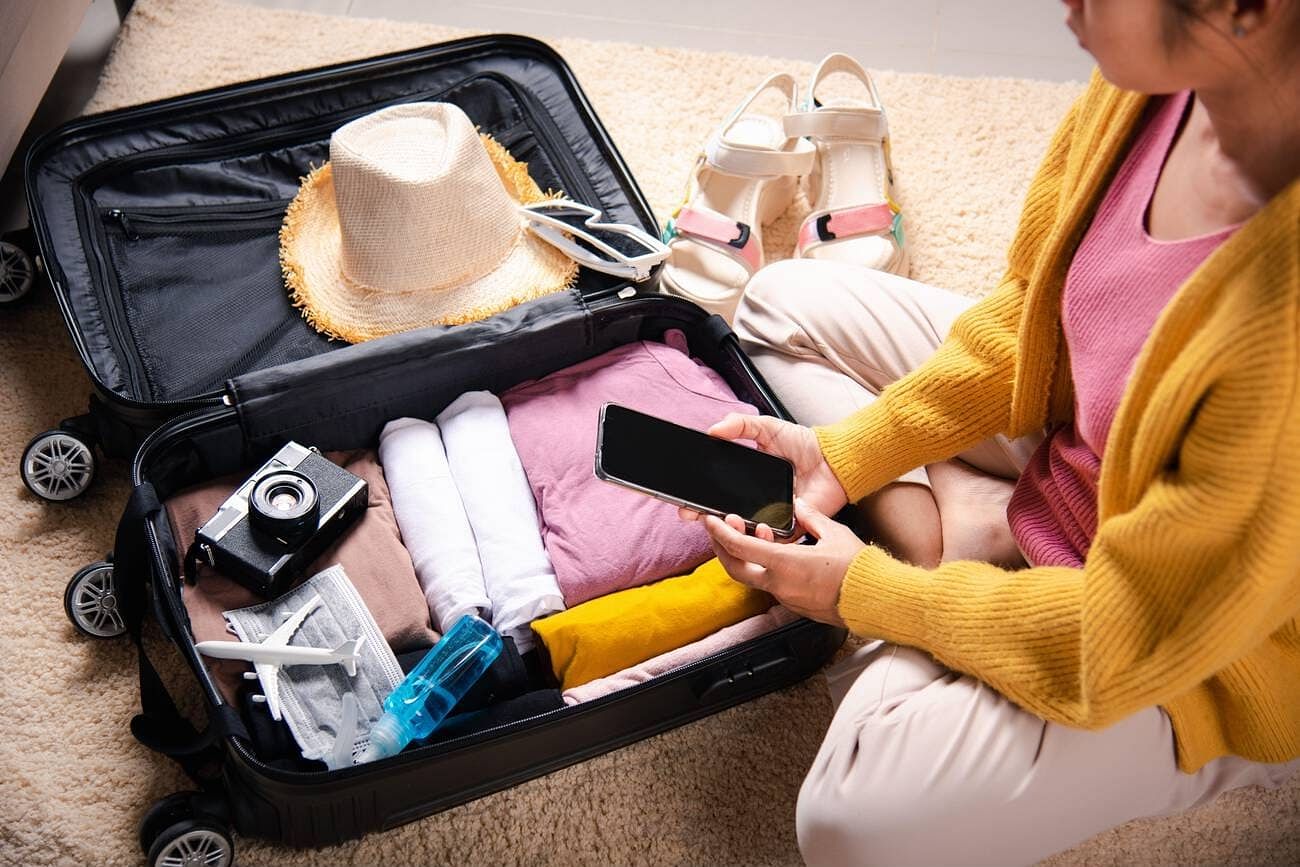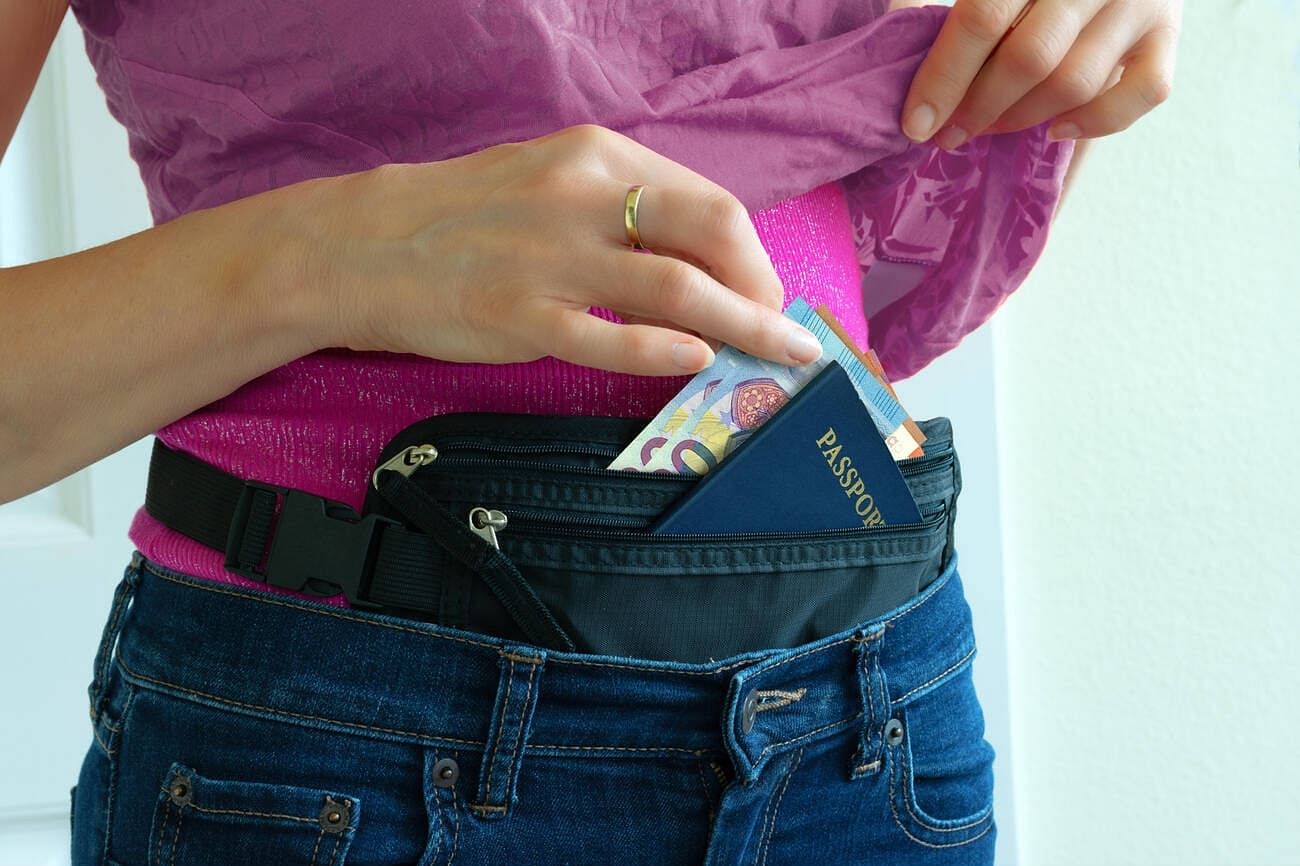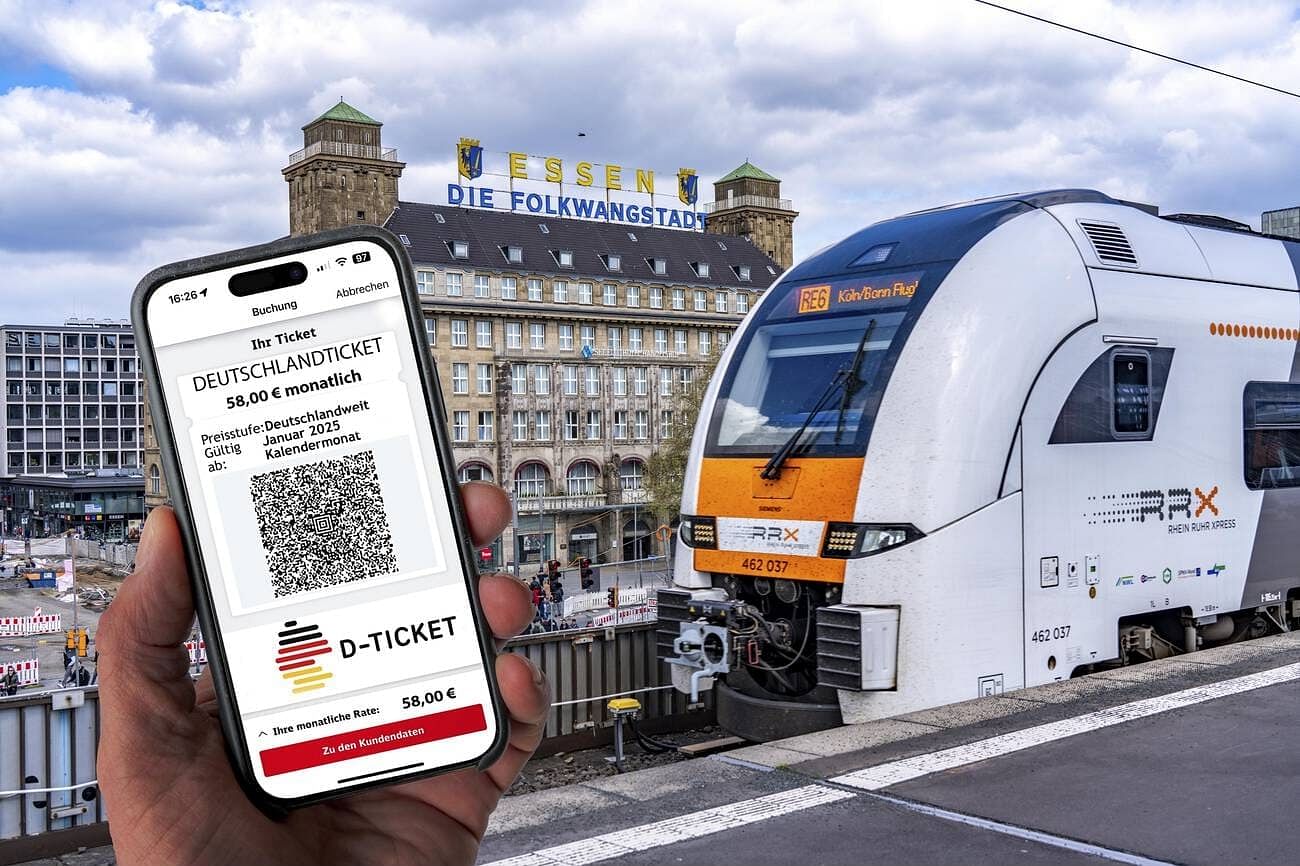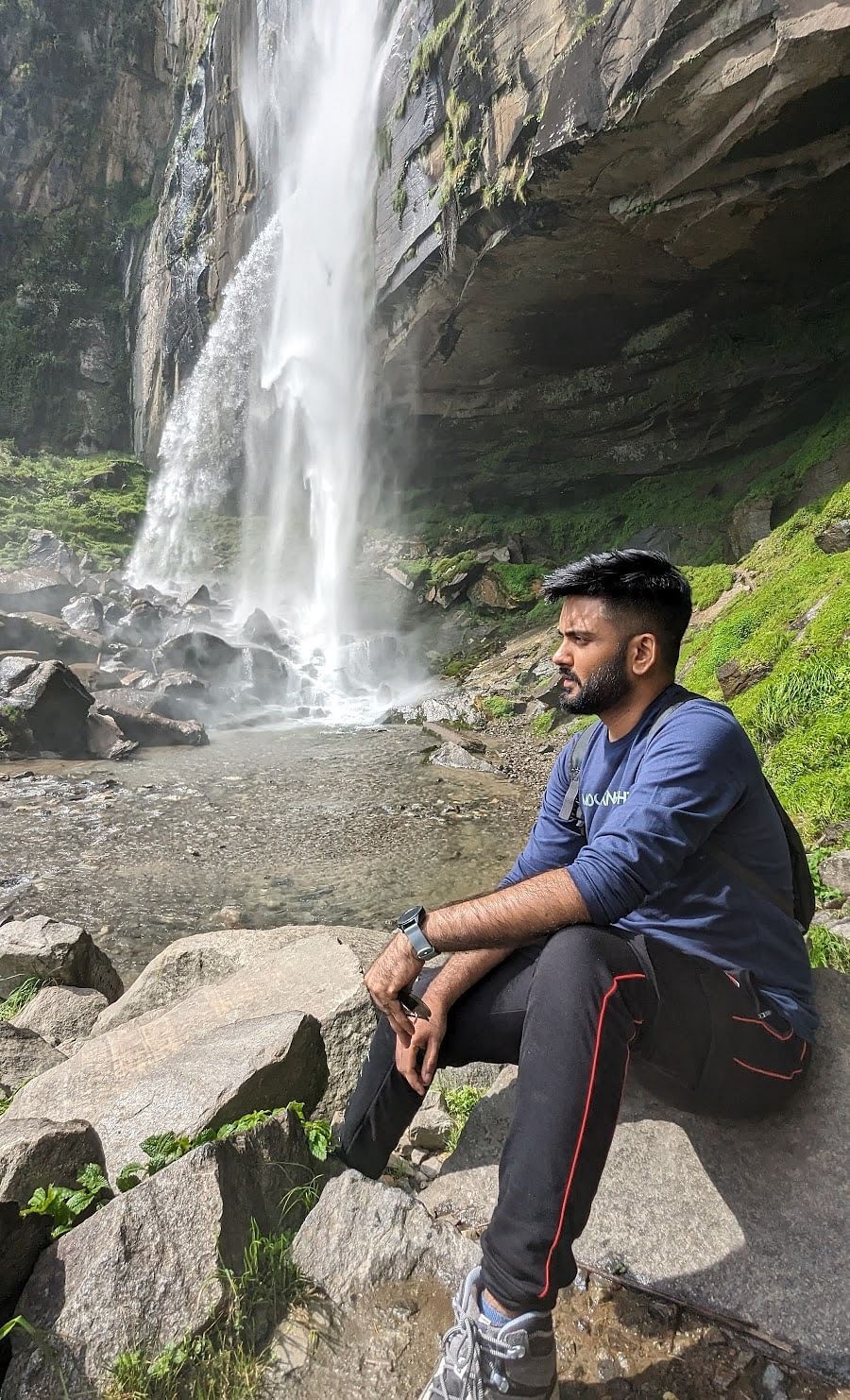Every day you open your Insta feed, someone or the other is enjoying their vacation in Europe. You must be wondering, how to plan a Europe trip easily and have it all figured out. Some questions might pop up like How are they managing their finances, what Europe Tour Packages they have opted for?
Well, don’t worry let’s break it down for you:
Choosing The Right Season
Deciding a time when you wish to visit the place is the first step to planning a Europe Trip. It is advisable to decide in advance when you wish to visit, choose a month and a date when you can get enough leaves to travel to this beautiful continent.
Europe is an year-round destination, so you can visit the place anytime you want:
- Spring (March–May): Mild weather, blooming landscapes, fewer crowds.
- Summer (June–August): Warmest season, peak tourist time, great for festivals.
- Fall (September–November): Cooler temps, fewer tourists, and beautiful foliage.
- Winter (December–February): Best for Christmas markets and snow sports.
Tip: Shoulder seasons (April–May, September–October) offer the best balance between weather and affordability.
How To Set A Travel Budget?
A smart traveler knows budgeting is essential when planning a Europe trip. Your daily spend can vary greatly depending on which countries you visit and your travel style.
Average Daily Budget:
- Budget: ₹ 4200– ₹ 6800
- Mid-range: ₹ 8500– ₹ 17000
- Luxury: ₹ 25500+
Note: If you are looking for how to plan a Europe trip on a budget? Skip peak season, book in advance, use public transport, and opt for free walking tours. Also, Eastern Europe offers excellent value; think Prague, Budapest, and Krakow.
Choosing Which Countries to Visit
One of the trickiest parts of how to plan a Europe trip is narrowing down where to go. There are 40+ European Countries, and you can't see them all at once.
Popular Routes for First-Timers:
- Classic Cities: London – Paris – Amsterdam – Rome
- Mediterranean Escape: Barcelona – Nice – Florence – Santorini
- Eastern Gems: Budapest – Vienna – Prague – Krakow
If you’re looking for “my first ever European trip”, focus on 2–4 countries over 2–3 weeks. Less is more, you’ll actually enjoy your time without burning out.
Creating the Perfect Europe Itinerary
Your itinerary is your foundation. Whether you're island-hopping or museum-hopping, the way you plan your route matters.
- Start and end in big hub cities for cheaper flights
- Use train-friendly countries like France, Germany, and Italy
- Allow 2–4 nights per city
- Mix iconic landmarks with chill days
Tip: Contact WanderOn, and let them take care of all the fuss while you just think about enjoying the best trip of your life. How does that sound?
Booking Flights to Europe
Flight deals make or break your budget. When planning a Europe trip, always search flights early and compare tools for cheap flights to Europe from India or anywhere else:
- Google Flights
- Skyscanner
- Hopper
Book your flight 2–3 months in advance to save some money on the flight tickets.
How to Get Around Europe?
Europe is legendary for its transportation. When figuring out how to plan a great trip to Europe, knowing your options is a smart move.
- Trains: Scenic and comfy—check Eurail or Interrail
- Budget Airlines: Ryanair, EasyJet, WizzAir
- Long-distance Buses: FlixBus, BlaBlaCar
- Metro & Trams: Excellent in major cities
Apps like Omio and Rome2Rio help compare travel times and book on the go.
Europe’s accommodation options are endless, from castles to hostels. Your comfort level and budget will guide your choices.
Accommodation Types:
- Airbnb: Perfect for longer stays or a local experience
- Hostels: Affordable, social, and centrally located
- Boutique Hotels: Stylish and sometimes surprisingly affordable
Travel Documents and Visas
You can't overlook the paperwork when deciding how to plan a European vacation. Requirements vary by nationality and region.
What You Need:
- Passport (valid 6 months beyond travel dates)
- ETIAS waiver (coming in 2025 for Schengen countries)
- Travel insurance
- Digital & printed copies of bookings and IDs
- Always double-check visa requirements based on your passport.
Packing light is the secret to enjoying your trip without stress. Cobblestone streets, compact hotels, and frequent moves.
- Walking shoes
- Daypack
- Weather-appropriate layers
- Universal plug adapter
- Crossbody or anti-theft bag
Local Tips, Customs & Safety
Europe is generally very safe, but smart travelers always stay alert.
Cultural Tips:
- Learn 3 phrases: Hello, Please, Thank you
- Tipping norms vary: Google them before each country
- Trains: Validate tickets before boarding (especially in Italy!)
Safety Tips:
- Watch for pickpockets in crowded areas
- Don’t flash valuables
- Use hotel safes and encrypted Wi-Fi for sensitive info
Best Travel Apps for Europe
Apps can totally streamline your travel experience. Load these before departure:
- Flights: Google Flights, Hopper, Skyscanner
- Maps/Transit: Google Maps, Citymapper
- Language Help: Google Translate, Duolingo
- Accommodation: Airbnb, Booking.com
- Currency of Europe: XE Currency/Iphone Calculator
So, you made it through the full guide—now what? You’re equipped with everything you need to start planning a Europe trip that’s smooth, exciting, and unforgettable.
Whether you're planning your first ever European trip or returning to explore hidden gems, your adventure starts with thoughtful planning. From creating your itinerary and booking flights to knowing where to save and splurge, you now know how to plan a great trip to Europe from start to finish.
Remember, the goal isn’t to see everything. It’s to enjoy something deeply. And whether it’s sipping wine in Florence, biking through Amsterdam, or watching the Eiffel Tower sparkle at night, you’re going to love every second.





